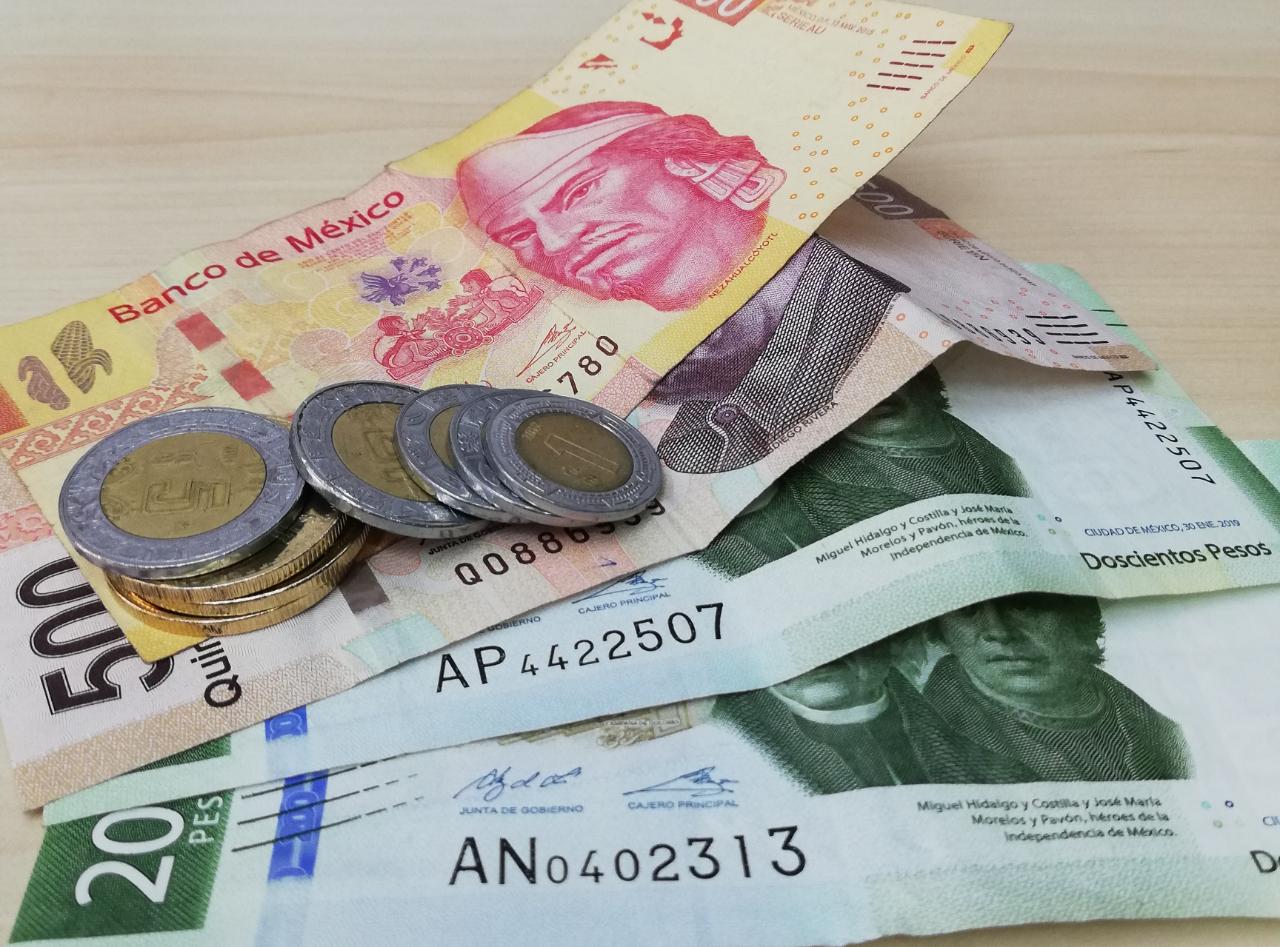Living-Wage-Gap and Equalisation analysis (vis-à-vis the U.S.) for selected economies of the Americas – for all employed in the manufacturing sector– in PPP for private consumption terms 1996-2017
Abstract
- In the case of Canada, the combination of its hourly rate increase in Canadian dollars of 9,4%, its currency revaluation of 2,2% and the 0,9% US rate decrease, produced an 11,8% increase of its hourly rate in US dollars between 2016 and 2017. This enabled its living wage equalisation index (Eq-Idx) to grow 10,2%, from 75 to 83, its highest since 2010.
- After the 2002 economic crisis, Argentina experienced a steady improvement of real wages. The Eq-Idx increased 93% between 2002 and 2012 to then drop 19% by 2016. In 2017, there was a slight recovery, just before the supply-side staunchly neoliberal economic policies of the new government began to dramatically reverse the gains in real wages and labour’s share of income delivered by the previous government. Contrary to its vow to reduce inflation, which averaged 25,6% in the previous government, the policies of Macri´s government averaged 37,2% in CPI inflation for the first three years and 2019 is hovering around 55%. The Argentine peso eroded with the dollar by only 10,9% in 2017 (P 16,6 x $1), to then lose 41% in 2018 (P 28,1 x $1) and then completely collapse in the first nine months of 2019 by 51,4% (P 57,9 x $1). Consequently, a new economic crisis has exploded closely resembling the 2002 collapse, and all wages have dropped dramatically. In 2017, in local currency, the minimum wage managed to increase by 17,2% in nominal terms but inflation grew by 24,8%. In 2018 the minimum wage increased 12,9% but inflation reached 47,8%. In 2017, manufacturing hourly rates increased 29,1% in pesos and 15% in US dollars, whilst the US hourly rate dropped almost 1%, This allowed Argentina’s manufacturing hourly wage rates to increase its equalisation index by three points to a 50 Index. However, with inflation close to 48% and a devaluation of 41% in 2018, Argentina’s hourly rates and their equalisation index with comparative US rates are certain to drop dramatically in 2018, with CPI and exchange rate indicators looking even worse for 2019.
- After Brazil widened its manufacturing wage gap in 2014 and 2016, due to the devaluation of its currency since 2010 under a sustained recession, it managed to remain stable in 2017, despite the fact that the neoliberal government of Michele Temer passed a law that put a freeze on public spending effectively ending compliance with the minimum wage appreciation law. Minimum wage policy serves as an indicator for all other wages and directly influences manufacturing wages. Consequently, with a 2,1% inflation rate in 2017, the manufacturing hourly rate increased 1,4% in in local currency units, effectively dropping in real terms. However, the appreciation of Brazil’s Real and the drop of the US hourly manufacturing rate, allowed its equalisation index to remain at 33. Hourly rates and the Eq-Idx are bound to drop in 2018 and 2019, given that Bolsonaro’s new government is deepening the anti-labour policies initiated by the Temer government.




